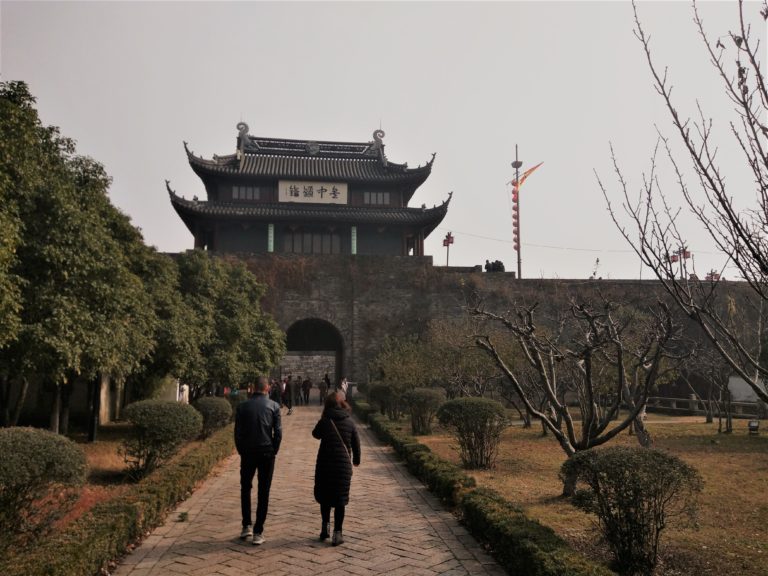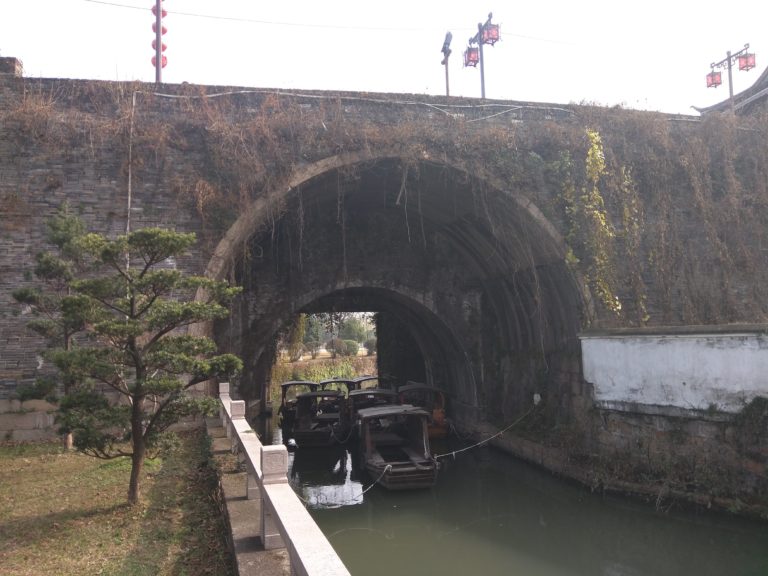
I don’t know if it exists, but one could construct a tour of China that parallels much of the dramatic story lines and characters found within The Game of Thrones. Dragons, dynastic power struggles, court intrigue, bloody conquests – you don’t have to look far to see the themes of the popular drama in Chinese history. Our recent trip to Suzhou also reflected this with visits to ancient operas about star crossed lovers, walled cities with moats, and thousand year old temples.

Kunqu Opera (also referred to as Kunju Opera) is an old form of musical drama which originated in the Kunshan area near Suzhou during the Ming Dynasty. It became the popular theatrical style for hundreds of years within China and several classic tales were told through its repertoire that are as familiar to the Chinese as Romeo and Juliet is to most of us. The Kunqu Opera Museum is located near Old Town Suzhou and serves as a museum and artistic training center for aspiring performers, providing budget friendly Sunday afternoon showings for the public.

Though an English synopsis would have helped us to understand what was happening, anyone who has watched an opera understands that it does have a way of communicating despite the spoken language. We recognized the futile love story and wondered what had happened to interrupt it.

Later we learned the production we saw was called The Peony Pavilion which is the most famous of all Ming era operas. Our version was an abbreviated form of the original 54 scene/act drama and told a tale of a sheltered young noble girl who fell in love with an imagined man and died of a broken heart before he could learn about her and fall in love with her ghost.
Though much of the story and theme (ok, all of it) was lost on us while we watched it, we enjoyed the colorful costumes and will forever remember the unique melodic tone (referred to as the famous Kunshun melody) of this opera type.
The city of Suzhou, like many other ancient cities, was walled in at one point to protect it from enemies. Some of this wall is still standing,1500 years later. Situated within Suzhou is the Pan Gate or Panmen Scenic area.

This area isn’t on most of the travel guide’s Top 10 Lists of what to do in Suzhou, but was easily our favorite experience the entire weekend. You can see the park and its imposing wall and gate while driving to and from other sights within the city.

Outside of the Pan Gate area stood a ticket counter with no line of people queuing up. The park sits at the site of the ancient city wall and gate, parts of which still remain today after thousands of years. It is scenic, beautiful and uncrowded.

Two gates sit on the remaining section of the wall – a land gate and a water gate – which span the canal that was like a moat around the old city.


Inside the park area is the Ruiguang Pagoda which was originally built in the year 247 during the Three Kingdoms period of Chinese history by a king of the Kingdom of Wu to show respect for his mother. The Three Kingdoms era (later there was a Five Kingdoms era – Game of Thrones anyone?) is a very popular time period in Chinese history, remembered fondly like the American West is in the United States. We walked up narrow stairs in this sturdy pagoda made of brick and wood and were taken back in time.


The grand canal – ending in nearby Hangzhou – flows through Suzhou as well. It may be overlooked as just another canal but really shouldn’t be as it was dredged from hand by thousands of laborers over centuries starting in the 5th century. When you see the size of this and realize it goes for 1,000 miles you can’t help but wonder at the magnitude of the effort to build it.


With a little perspective and historic knowledge, it isn’t hard to find the drama and intrigue of days past in the old but splendid town of Suzhou.